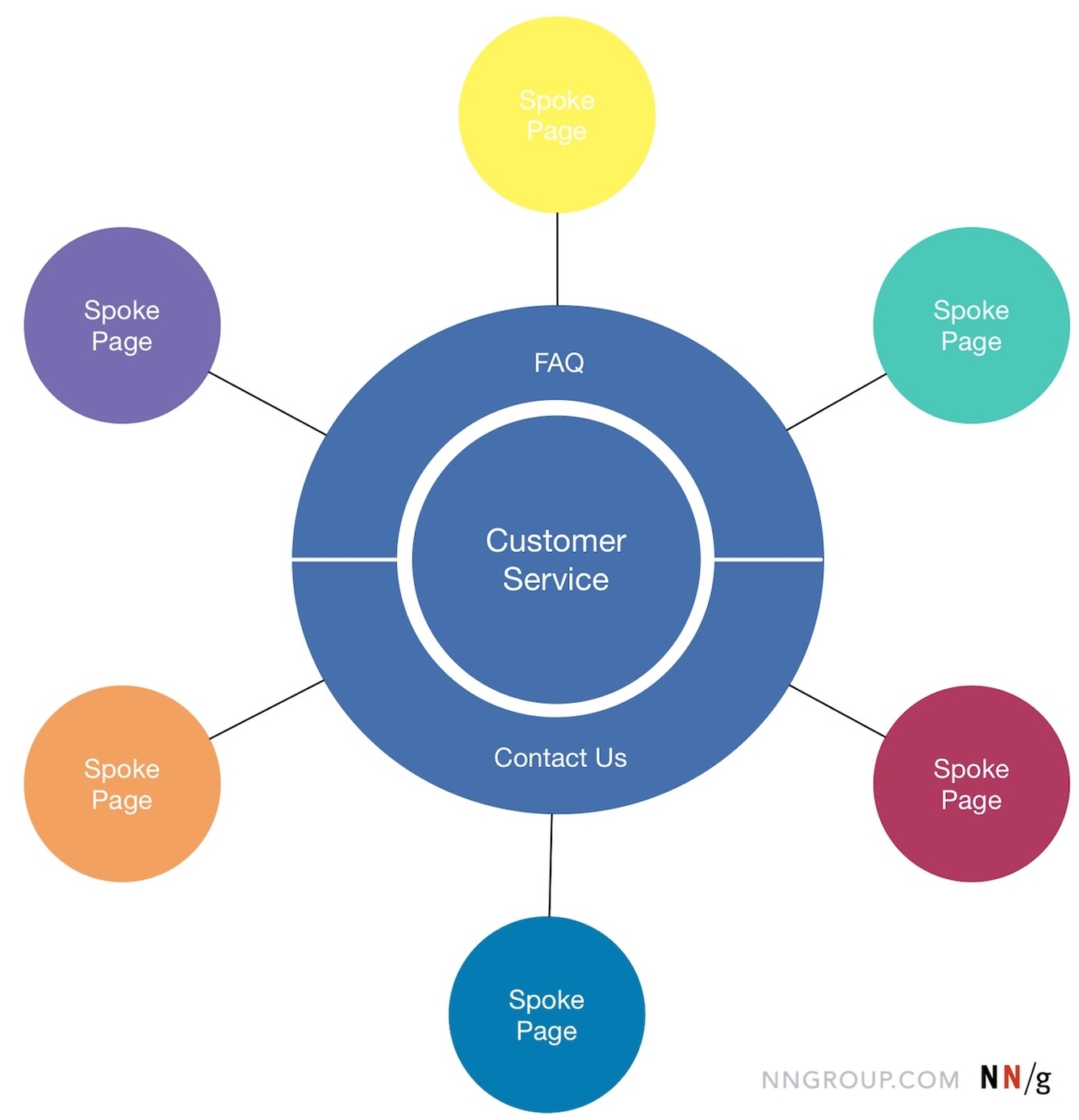
The Hub and Spoke Model is a networking model that is used to efficiently manage common communication or security requirements. It involves centralizing services that can be shared by multiple workloads, like network virtual appliances (NVAs) and DNS servers. By having a single location for services, IT can minimize redundant resources and management effort. This model also helps overcome Azure subscription limitations by peering workload virtual networks from different subscriptions to a central hub. This architecture is useful for larger cloud adoption efforts that have concerns about saving on costs and efficient management, overcoming subscription limits, and instituting a separation of concerns between central IT teams and workload teams.
The Hub and Spoke Model is also used in other contexts such as content creation and distribution. In this context, the model creates high-quality “hub” content pieces that serve as central resources for specific topics or themes. These hubs are then supported by related “spoke” content pieces, which provide more detailed information on subtopics linked to the hub.
In the supply chain industry, the Hub and Spoke Model is a centralized warehousing and shipment system that resembles the structure of a bicycle wheel. The center of the wheel is the hub or a distribution center and each spoke represents a direction of delivery. Everything either originates in the hub or is sent to the hub for distribution to consumers. From the hub, goods travel outward to smaller locations owned by the company, called spokes, for further processing and distribution.
